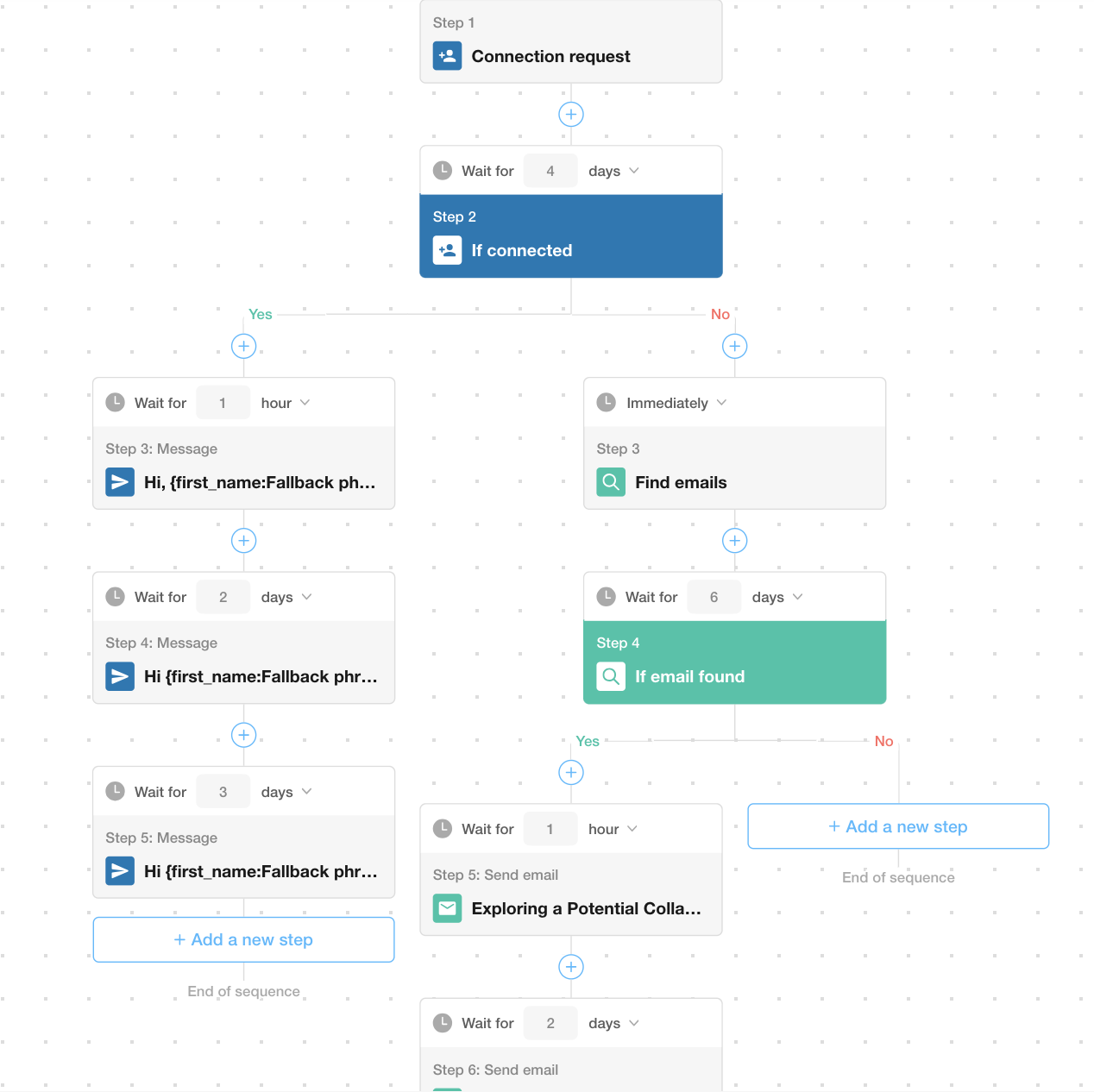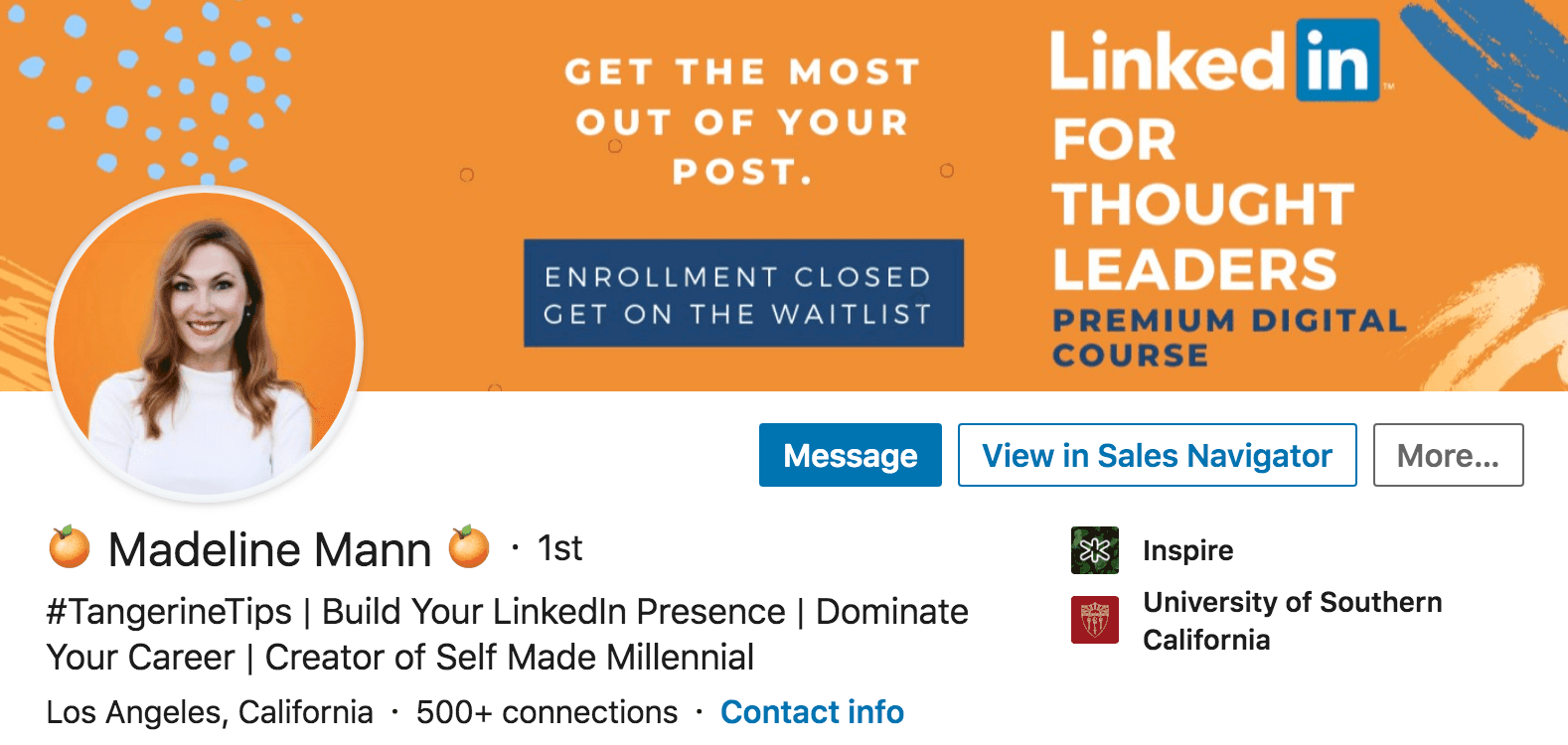
Why LinkedIn Matters — Especially Before You Graduate
LinkedIn Is Your Career Wingman (And Yes, You Should Start Using It Before You Graduate)
Let’s be honest: the idea of setting up a LinkedIn profile while you’re still figuring out how to cook chicken without poisoning yourself sounds… aggressive.
But hear us out.
If you’re planning to graduate (and not immediately move to the woods to live off-grid), then it’s time to stop treating LinkedIn like it’s just for middle-aged VPs and people who say things like “Let’s circle back.”
LinkedIn is where your career actually starts. The sooner you start using it, the sooner you can stop panicking when someone says, “Just send me your LinkedIn — I’ll take a look!”
LinkedIn = Your Digital Handshake (Minus the Sweaty Palms)
You know how people Google each other? That’s real. And guess what shows up first? Yup. Your LinkedIn. Not your résumé. Not that TikTok you pinned. LinkedIn.
Even if you haven’t done an internship or had a fancy job, having a solid profile with a decent photo, a short summary, and a couple of skills says: “Hey, I care enough to not be invisible online.”
No one’s expecting you to have invented a startup or interned at NASA. But they are expecting to not be confused when they look you up.
The Best Time to Network Was Yesterday. The Second-Best Time Is Before Your Morning Class
LinkedIn isn’t just for job hunting. It’s a network. That means it’s full of humans — weird, interesting, generous humans who’ve been in your shoes and want to help.
Add your professors. Add that alum who gave a talk during your 9 a.m. seminar (the one you almost skipped). Add your friend who’s interning somewhere interesting. These connections might seem random now, but they’re seeds. And guess what? Seeds grow. Especially when you water them with a quick message or post like “Excited to learn more about [insert thing here]!”
Also, companies you like? Follow them. Comment on their stuff. It’s the digital equivalent of making eye contact across the room. They’ll notice.
Recruiters Are Already Creeping on You (In a Professional Way)
Even if you’re not looking for a job yet, recruiters are always looking for you. And no, they’re not going to DM you on Instagram.
Recruiters use LinkedIn like it’s Google. They search for skills, school names, keywords like “marketing intern” or “entry-level analyst.” If your profile says nothing or hasn’t been touched since sophomore year, they’ll scroll right past.
So add keywords. Talk about what you’re learning. Even saying “Currently studying data analytics and figuring out what I want to be when I grow up” is 100x better than saying nothing at all.
Scout + LinkedIn = The Perfect Power Couple
Now, let’s say you want to take things to the next level. Enter: Scout.
Scout is like your LinkedIn wingman — but it actually does stuff. Once your profile’s looking solid, Scout helps you reach out to people who matter. You can automate connection requests, send messages, and even engage with posts — all without sounding like a robot or like you copied-and-pasted a script from Reddit.
It’s smart, it’s strategic, and it works while you’re doing other things.
 No hands! Scout’s doing the work while you sleep.
No hands! Scout’s doing the work while you sleep.
So, Should You Set Up LinkedIn Now or…?
Yes. Yes, you should. Not tomorrow. Not when you graduate. Not when you really need a job and have to build a profile while crying into your keyboard. Now.
LinkedIn is free. It’s made for students. And it’s one of the only places where writing “I’m interested in breaking into marketing” could actually lead to someone handing you a job offer.
So go. Upload a photo. Write a few sentences. Connect with a few people. Then let Scout step in and start the conversations that’ll launch your career. It’s your story — we’re just helping you get it in front of the right people.
